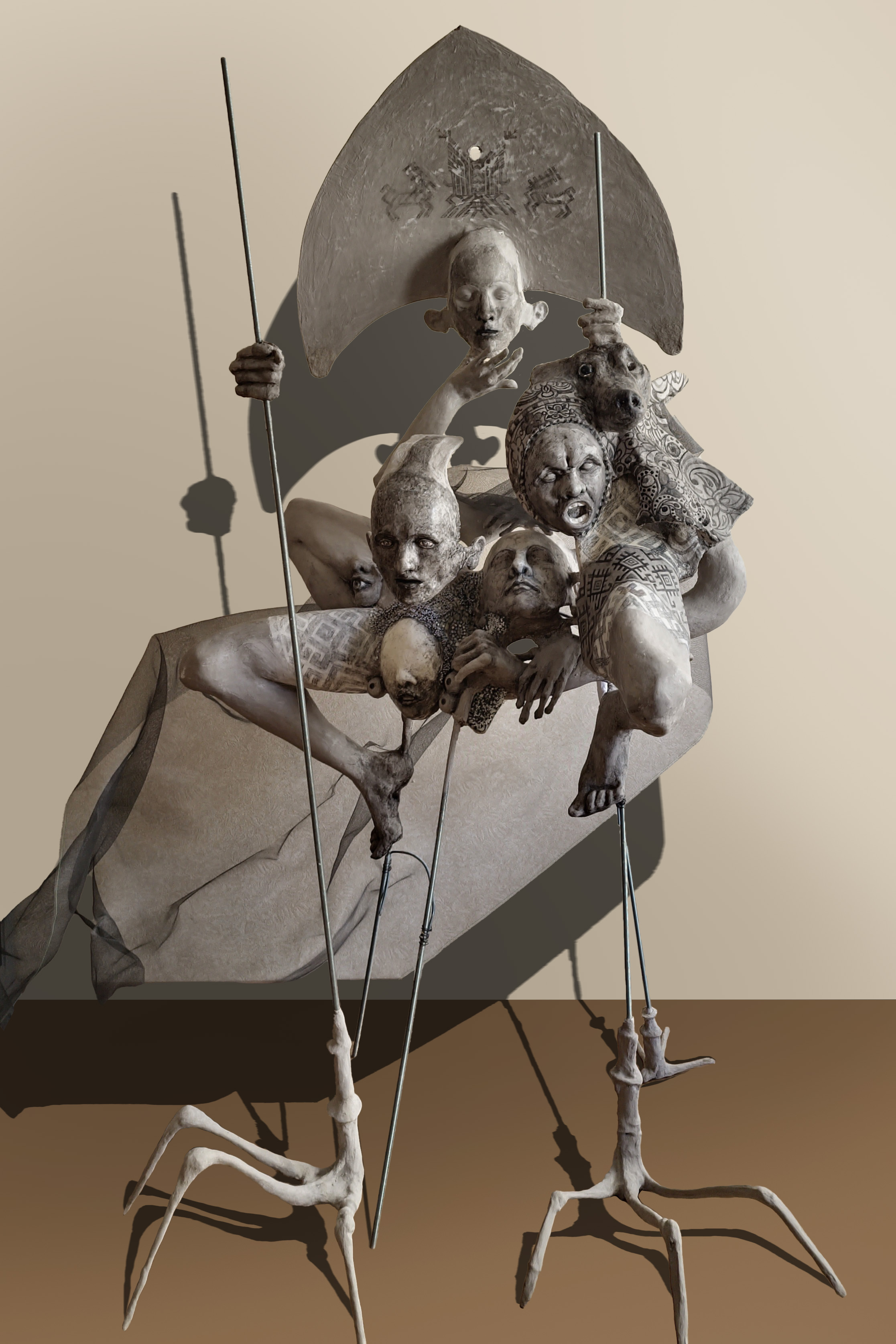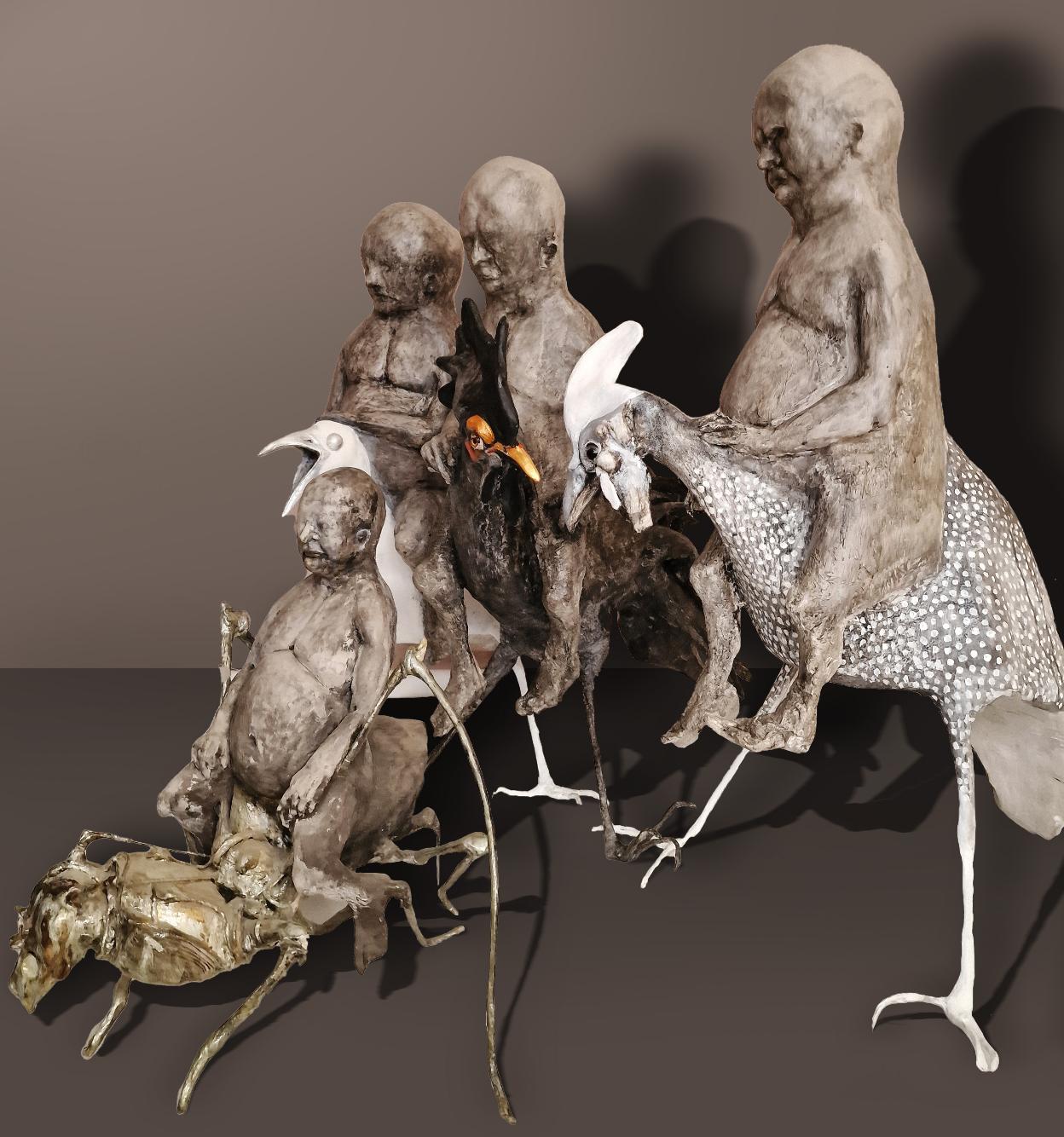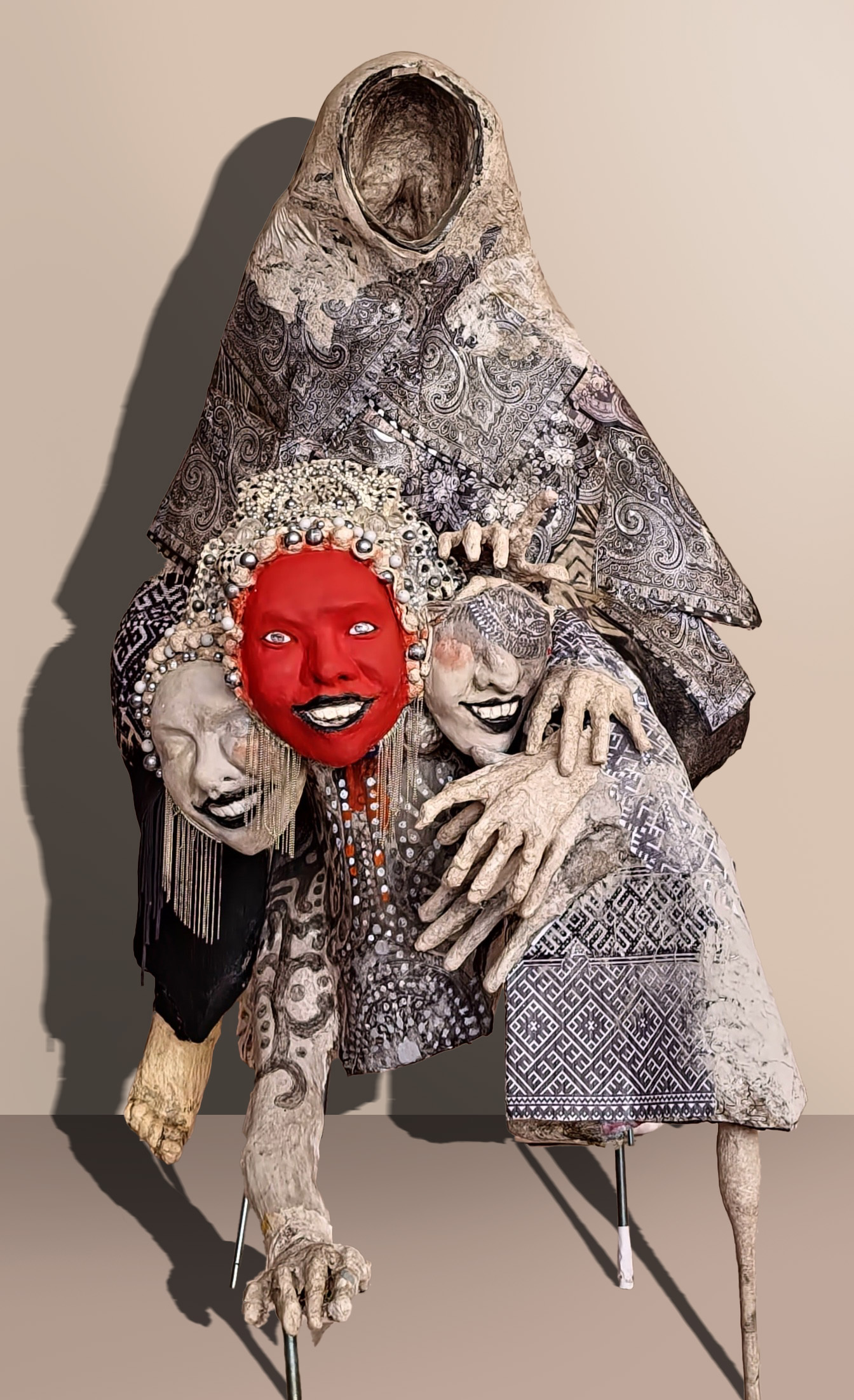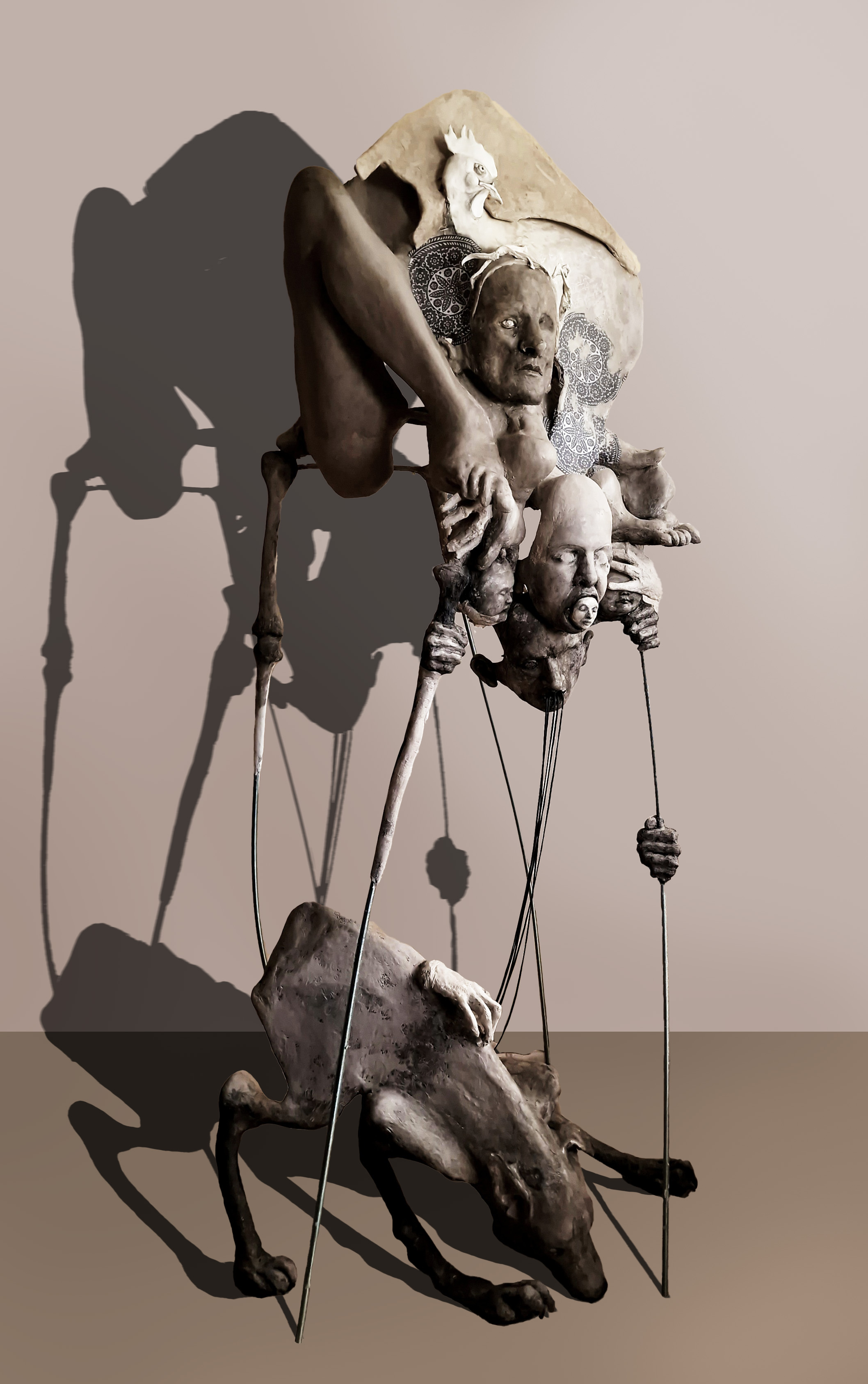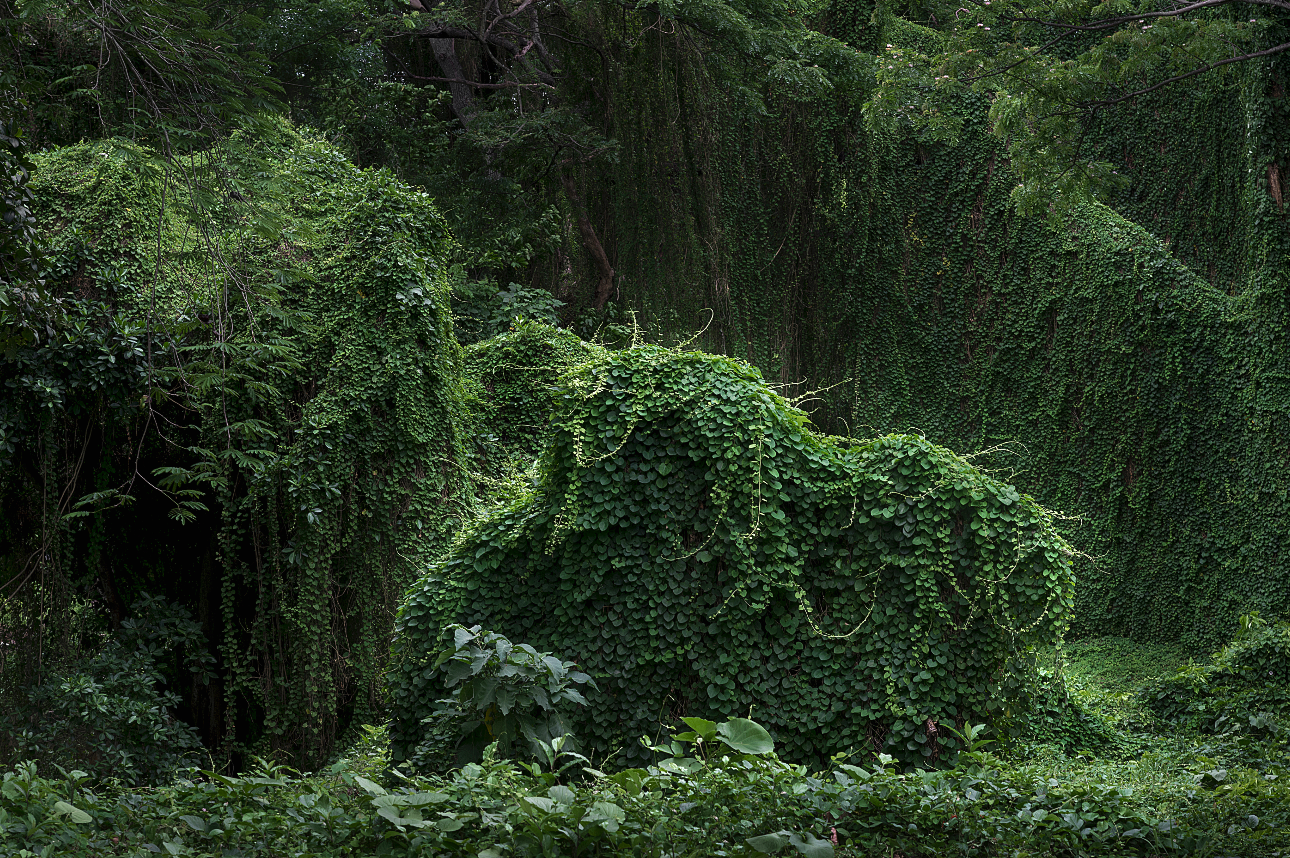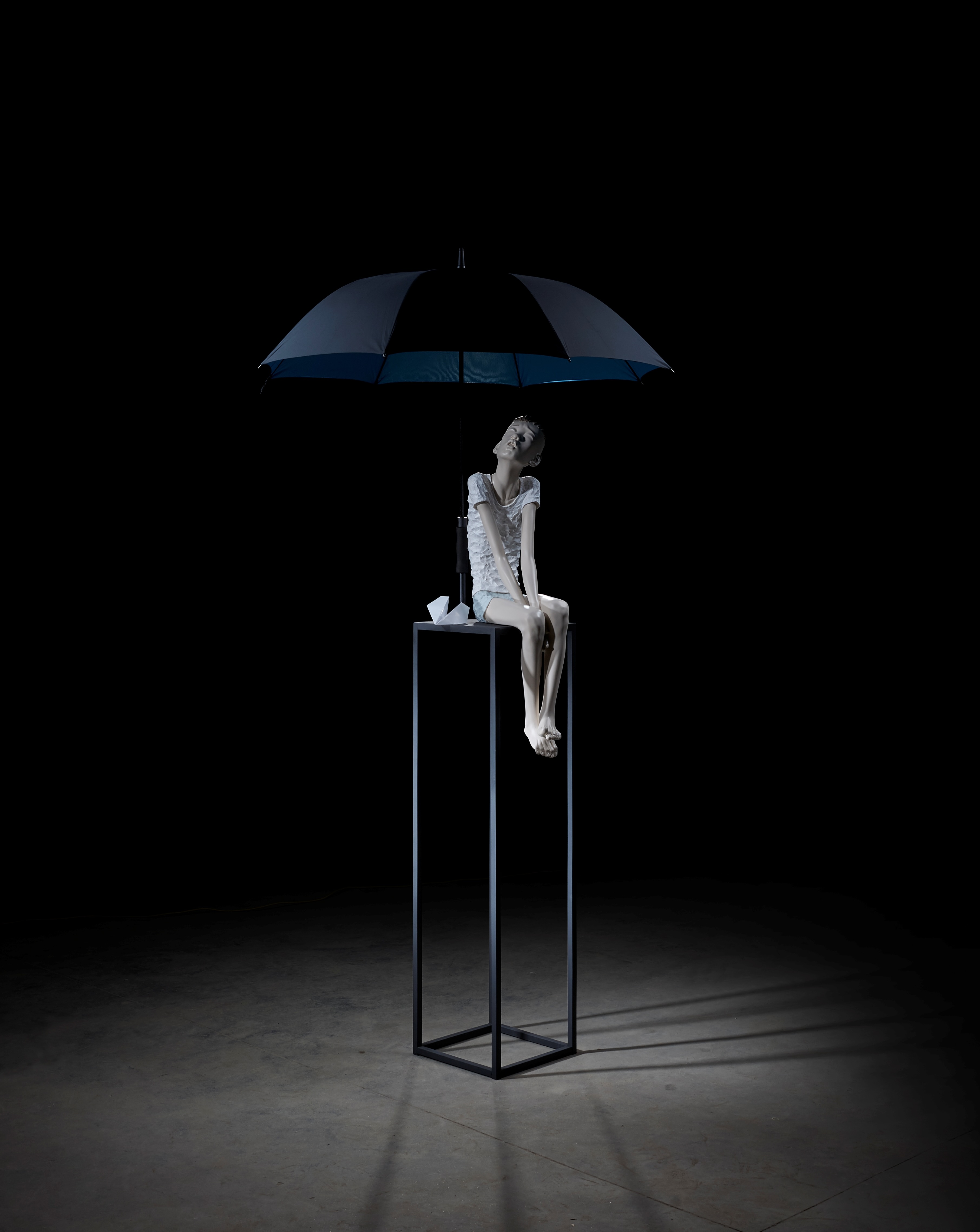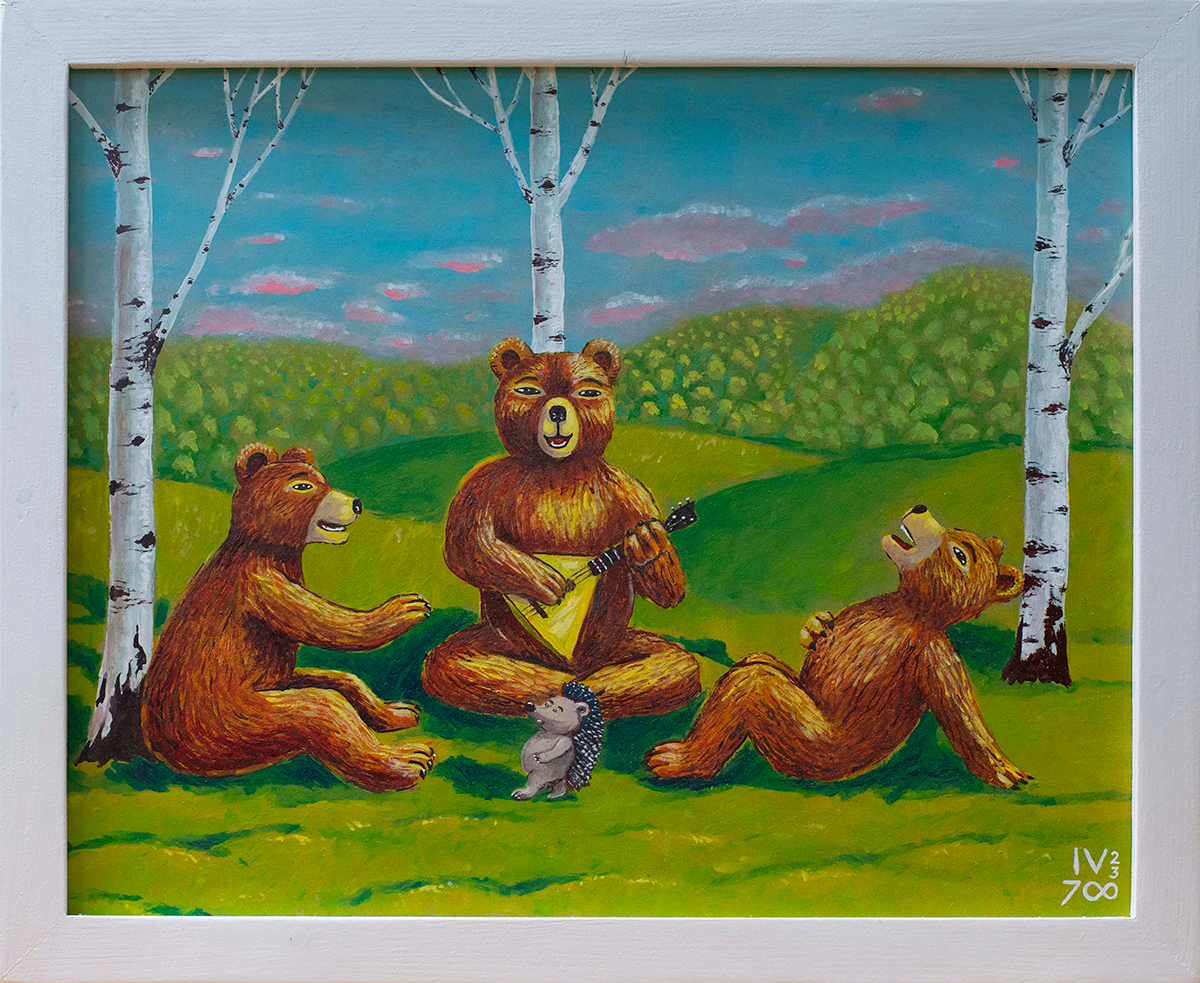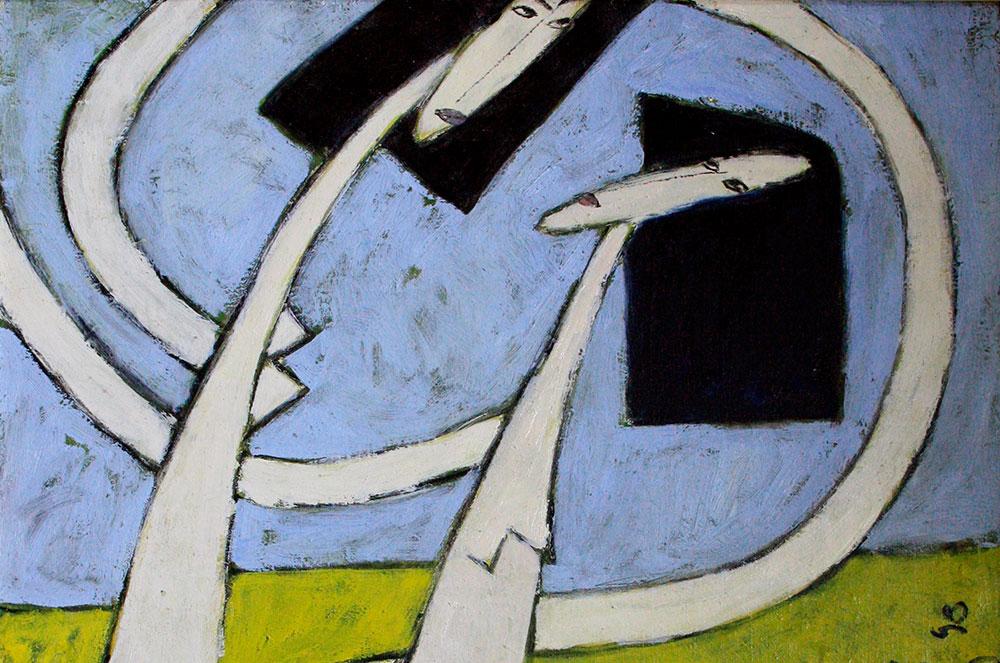Masha Bogoraz
Go and Don’t Look Back
Erarta Museum of Contemporary Art presents an exhibition by Masha Bogoraz in which archetypes, myths, and superstitions take uncanny sculptural forms
-
Epic eeriness gazing at us from the depths of the centuries
-
Chimeras inspired by the stories E. T. A. Hoffmann and Wilhelm Hauff
-
Baba Yaga and other representations of dual femininity
Masha Bogoraz’s creations may strike one as frightening and eerie. Perfectly aware of the grimness of her characters, the artist nonetheless claims that she tends to be much more frightened by the seemingly idyllic imagery of advertising billboards featuring blank-eyed models with fake vacant smiles.
The eeriness of Masha’s works is not of a kind meant to grab the viewer’s attention, as is the case with present-day pop culture. Instead, it immerses us in the half-forgotten world of epic poems and myths.
The studies of Russian epic poetry began in the mid-19th century when scholars started collecting songs performed by peasants of the Lake Onega region. In the absence of an all-encompassing national epic, the Russian oral tradition took the form of individual bylina poems. Repeatedly rewritten and adapted since, by now their abridged texts have been relegated to childhood reading. However, the original epics are a far cry from these endearing hero tales: full of blood and violence, they reflect the mythological consciousness of their creators. Usually encountering the pared-down bylinas early in life, the contemporary reader rarely revisits or rethinks them later on.
Today we struggle to understand our ancestors’ way of thinking. Their worldview was syncretic – in other words, constituted an integral whole. The brief human life depended on the forces of nature whose phenomena remained mysterious and unfathomable. The realms of the living and the dead, not yet divided by civilization, were interdependent, giving rise to myths, superstitions, rituals, and situational magic practices that have survived to these days.
Masha Bogoraz seems to hear the call of the ancient times and visualise the archaic version of reality. In totemic myths, humans often had a supernatural bond to animals, plants, and natural phenomena, which they viewed as their ancestors. Some totems combined fragments of various animals, thus amalgamating their power. Using the same approach, Masha fuses different human and animal body parts in her sculptures. This device can also be seen in modern-day superhero comics and films, where the bite of a radioactive spider invests an ordinary schoolboy with a superpower to counter his arch enemies – an anthropomorphic rhino, a human octopus, and other suchlike chimeras.
Another source of inspiration are the whimsical novels of E. T. A. Hoffmann and Wilhelm Hauff blending the real and the magical. Both authors were adept at vividly conjuring up old crones. These ladies are up to no good, as their unassuming features invariably conceal witching powers.
Drawing on the Romanticist tradition of the terrifying, the artist presents her own version of the hex, ambivalent as the Baba Yaga of the Russian fairy tales. Masha describes this archaic duality of the feminine as that of the ‘Mother Damp Earth of the Slavic myths, symbolically linked to death, and the life-giving and nourishing Earth Mother. Interestingly, Baba Yaga sometimes acts as a mediator between worlds, assisting and guiding the protagonist. Showing him the way into the dark forest, she keeps saying, “Things will get even scarier, but just go and don’t look back”.’
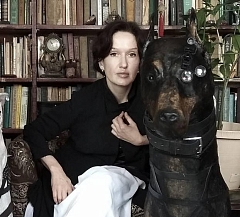
Masha Bogoraz was born in 1975 in Rostov-on-Don and graduated from the Mitrofan Grekov Rostov Art College in 2000. Nominated for the 2023 Erarta Prize, she ultimately was among its winners. Standing to her credit are a number of group exhibitions and solo shows in Moscow, St. Petersburg, Perm, and other cities in Russia and abroad.

